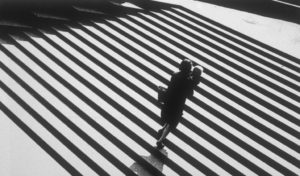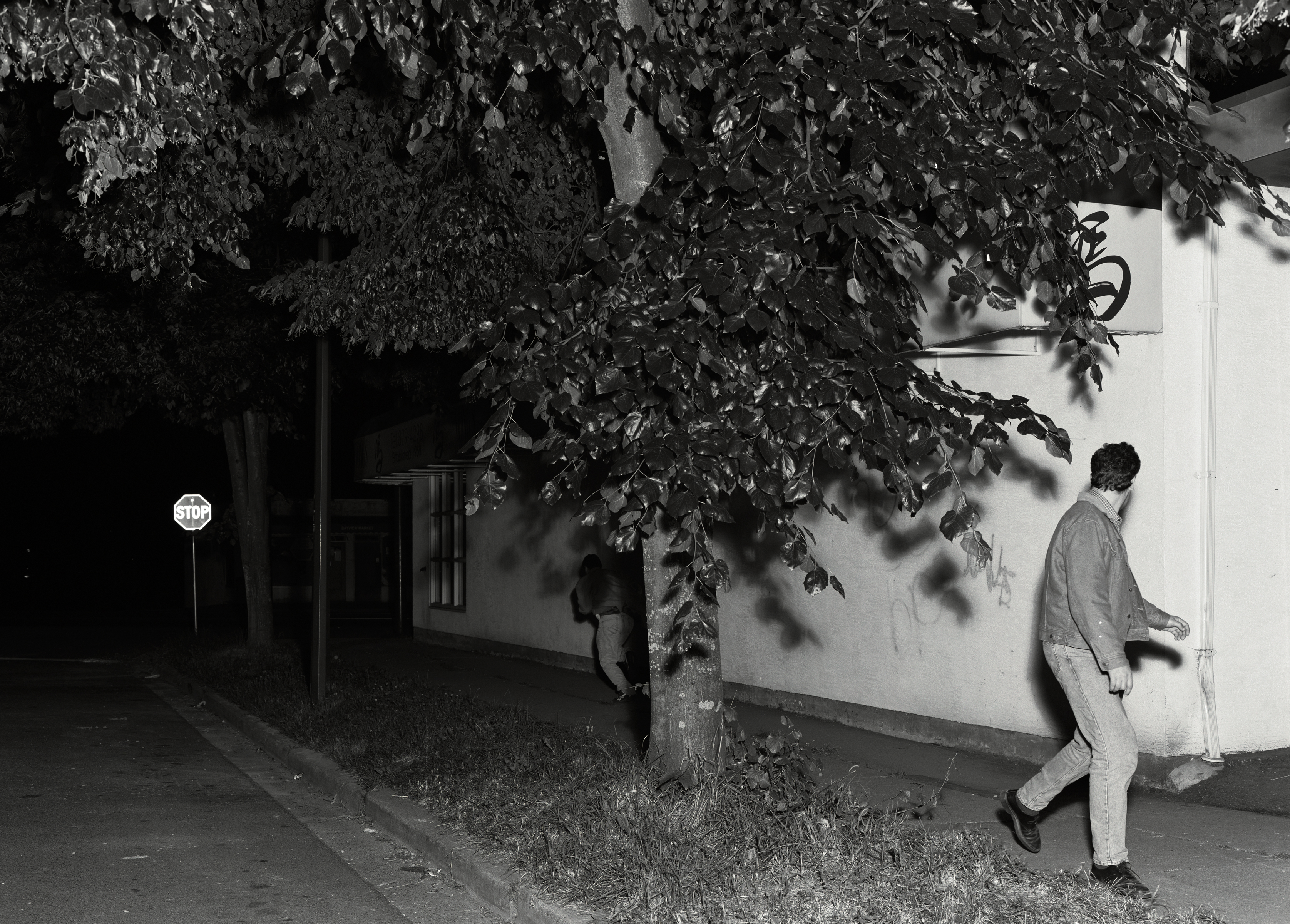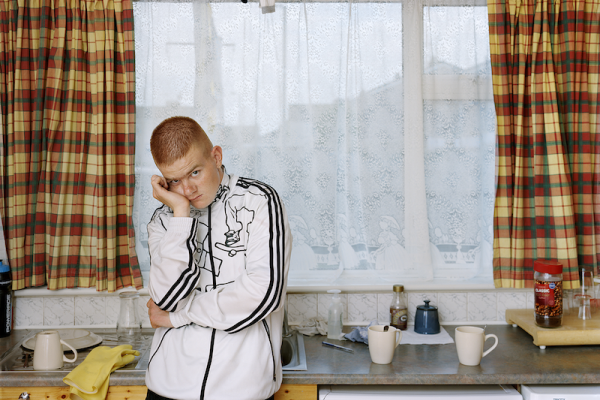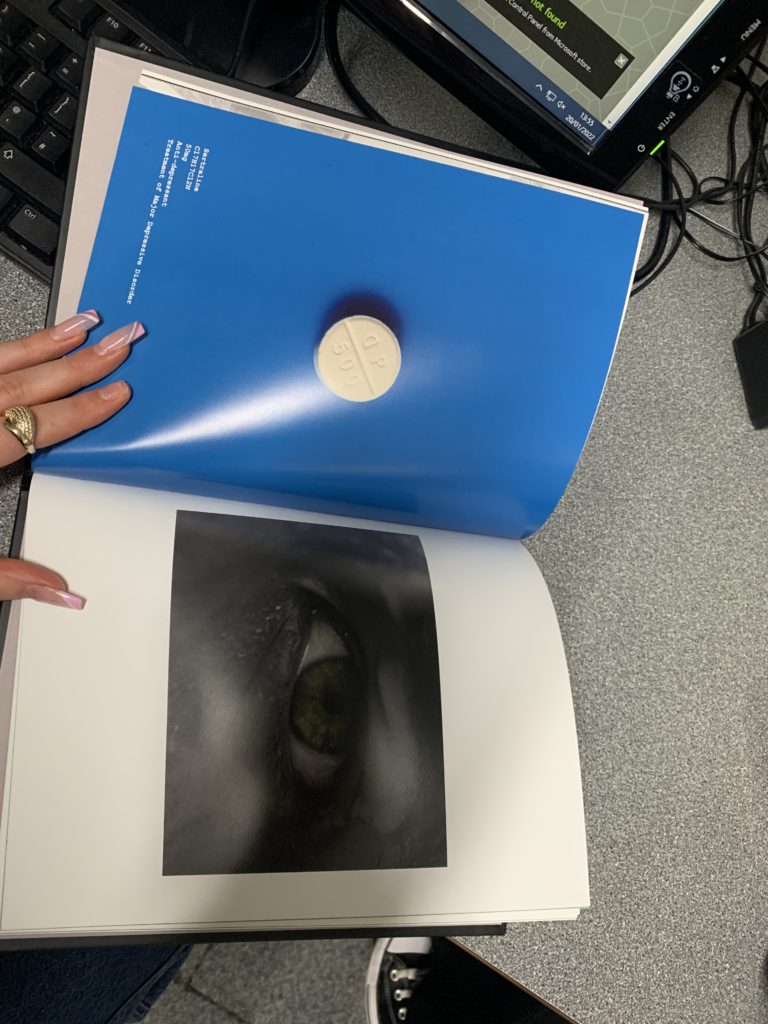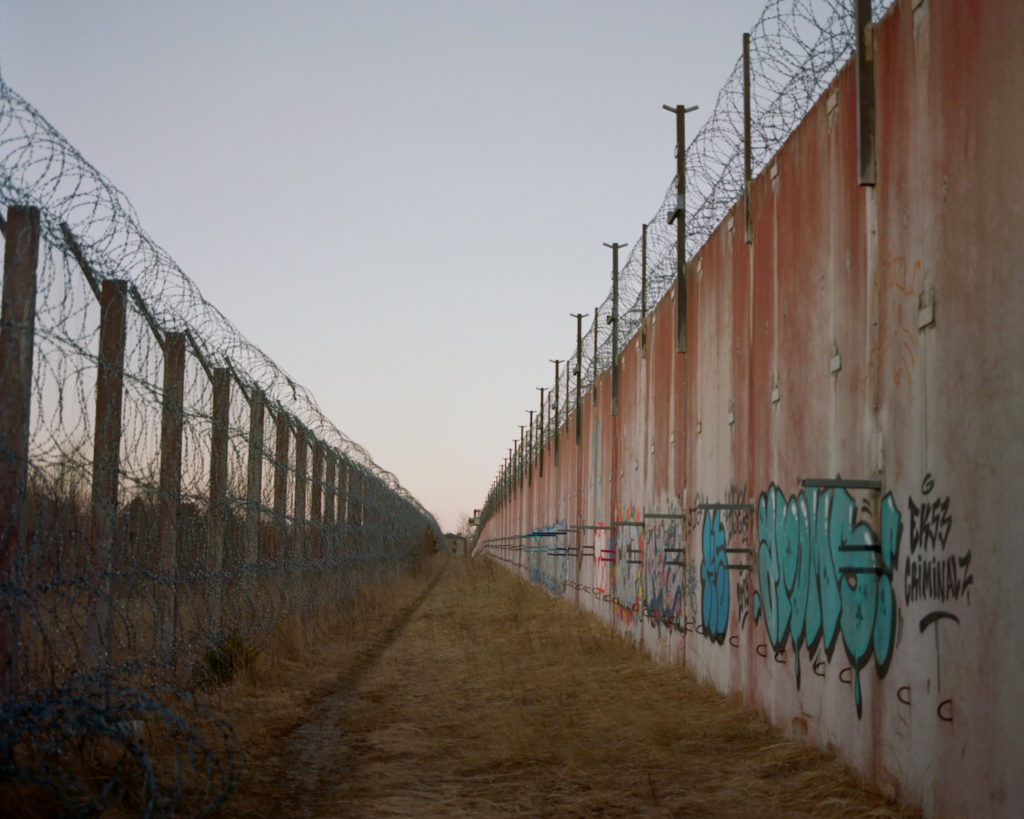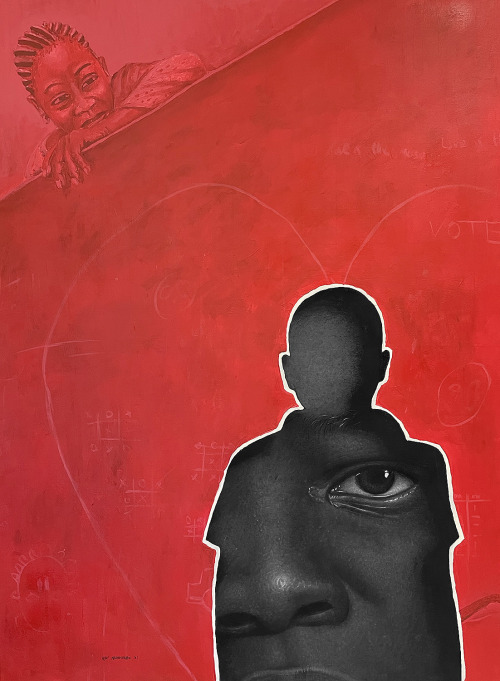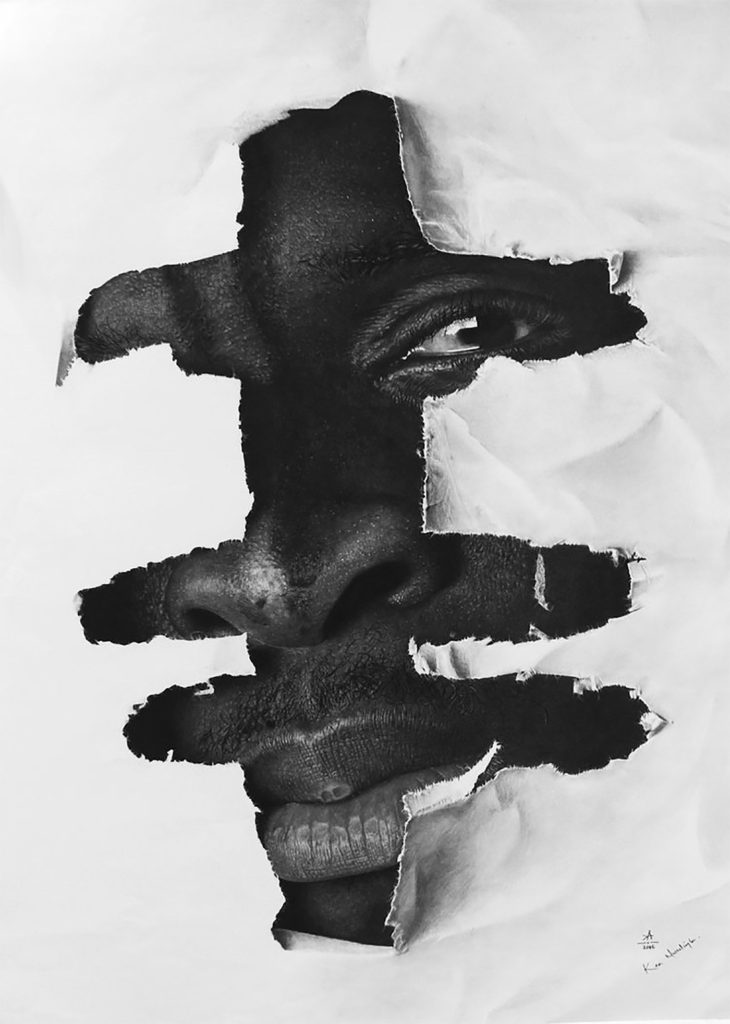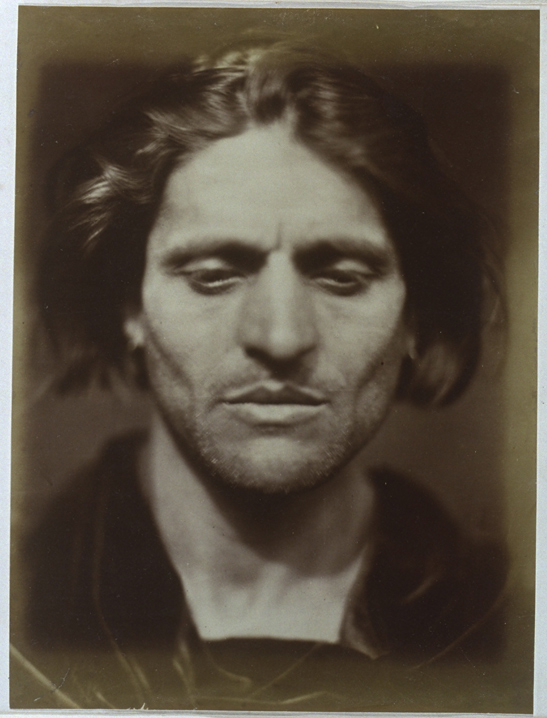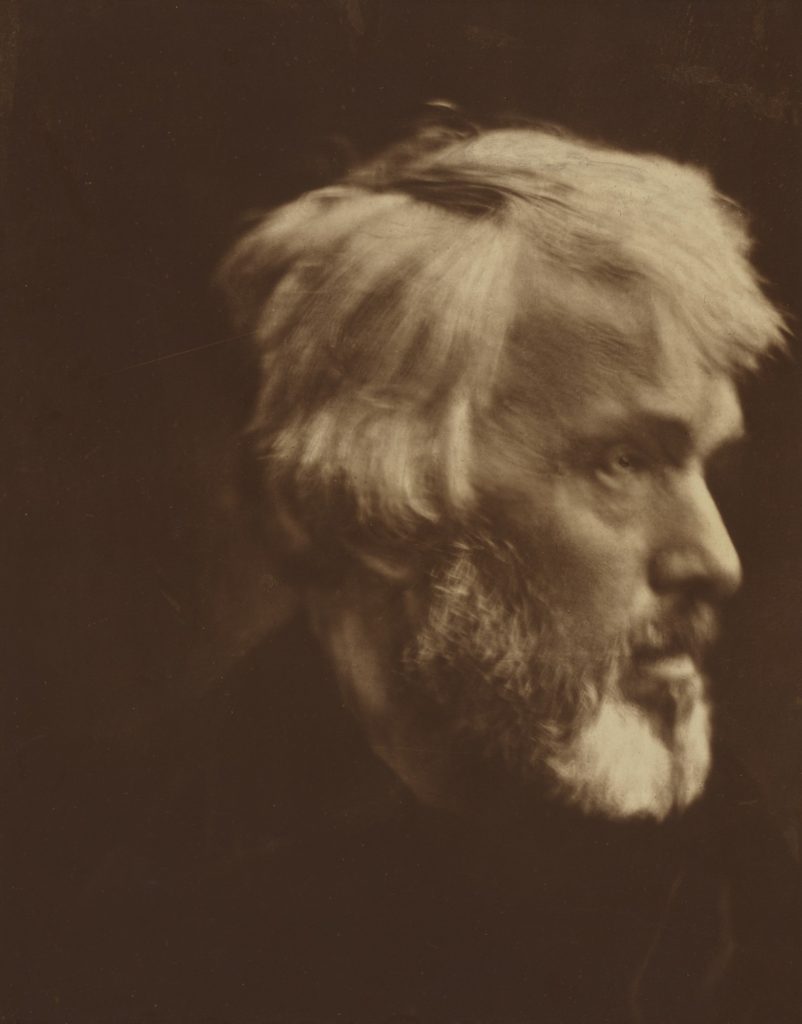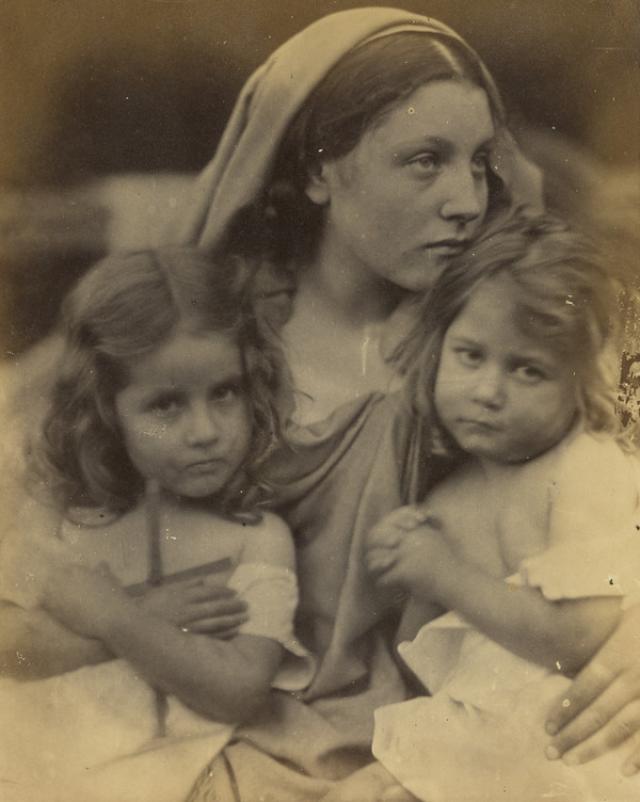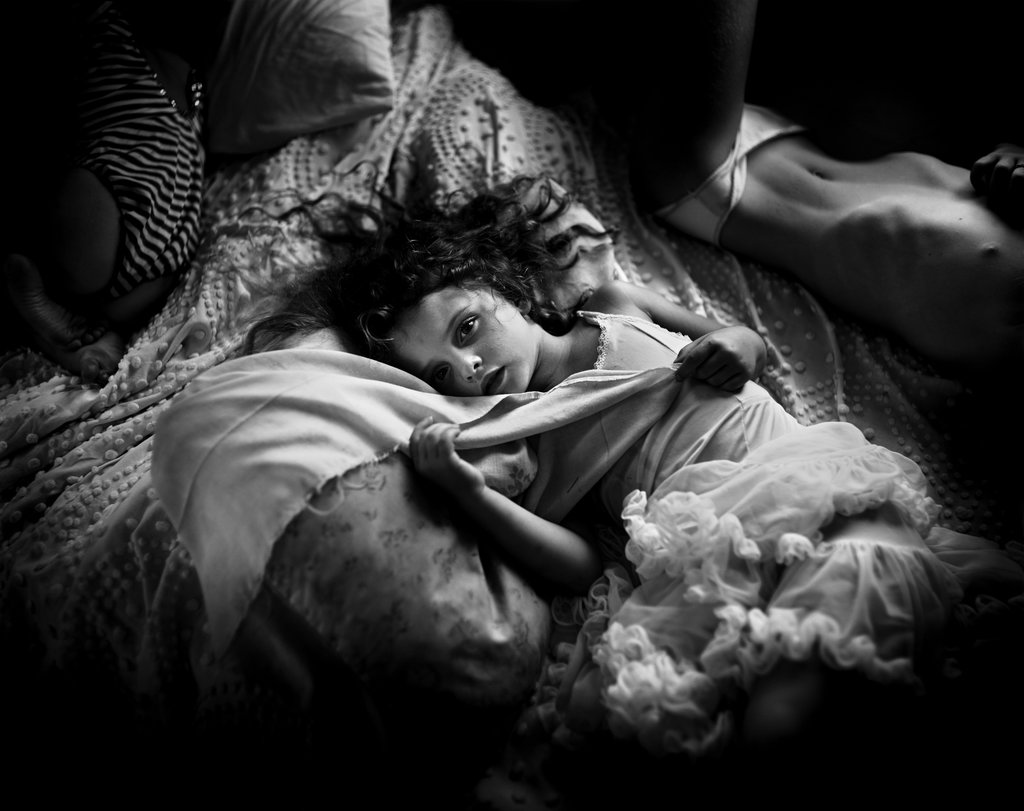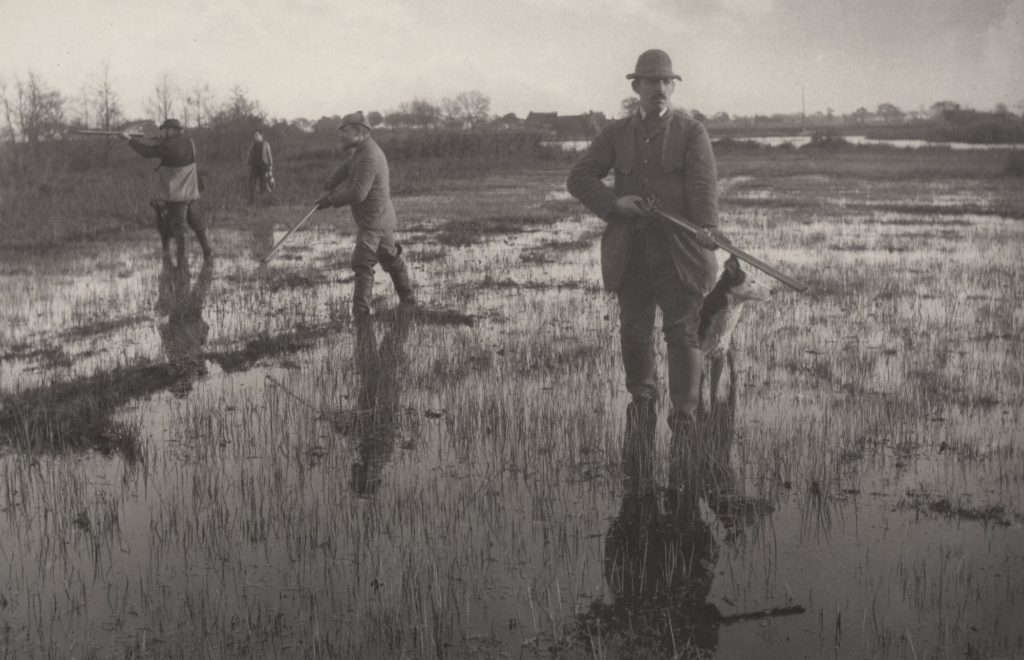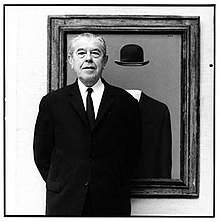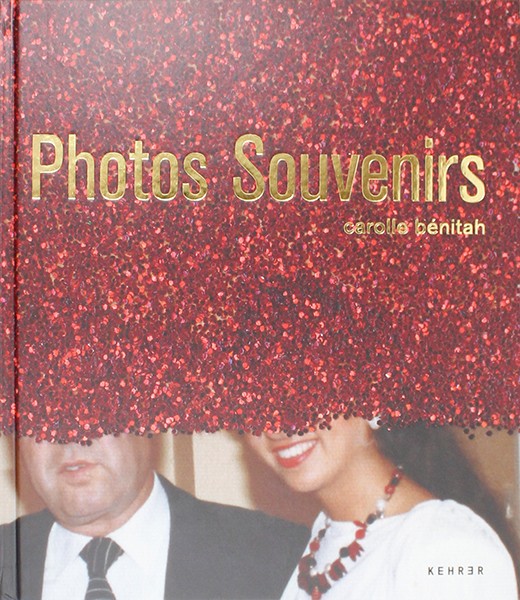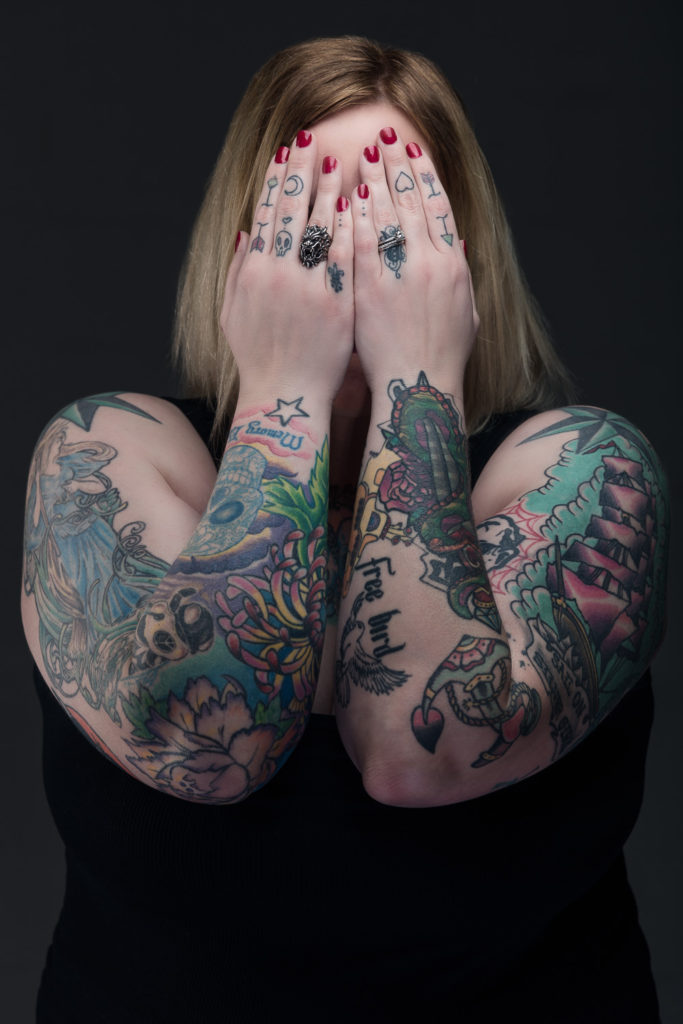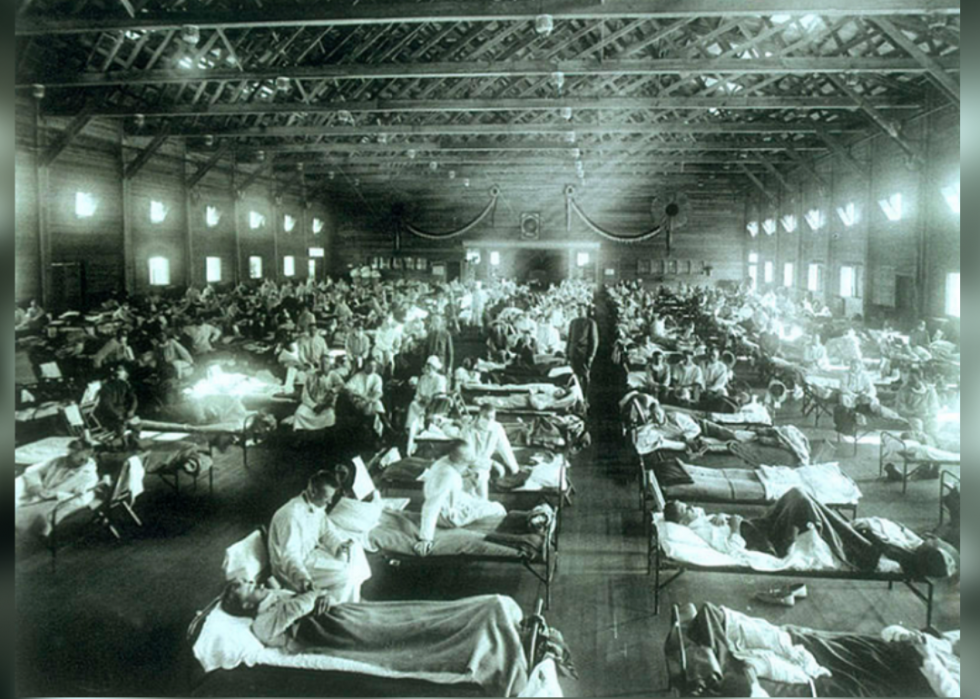“Photographs thus are not just manufactured memories, they are also expressions of our desire to hold on to something.” (Colberg, J, May 28, 2012)
This extract from the thoughts of Jörg Colberg highlights the topics in which I will discuss in this essay; questioning also how Carole Benitah in particular, explores these past memories in attempt to gain a wider knowledge of her own identity. This investigation of identity through archival images resonates with myself, as within this personal study I wish to revisit past memories of the senior generation in my family, in attempt to argue that these depictions often do not recount the whole truth of the past and are in fact a method of regaining control of our identity. Carolle Benitah is an archetype for reshaping the past through the manipulation and reworking of archival materials, due to her emotional attachment to the images and people within them. Furthermore, I am also choosing to look at Benitah’s work in detail as a result of her multi-media methods she undertakes, in order to create her contemporary commentary of the idealistic family in contrast with reality, using stitching, gold leaf, ink drawings and beading to achieve this. This utilisation of multi-media by Benitah can be linked with my previous work throughout the course, such as my use of maps in digital collages for an identity project and recent experimentations with embroidery. I intend to respond to this unique style again by producing reworked images of my family, that centre around my maternal grandparents and the life they have built – a life that have been both archived and recently captured. The style in which these new photographs will be created, will be mostly staged tableau pieces, with some candid images also. I will achieve this also by using multiple media, similar to Benitah, such as stitching as well as digital collage.
Forms of family photography have always been a prominent element in photography’s history; from formal portraits taken in the 19th century, to the blurry snapshots of everyday domestic life we are far more used to nowadays, these images are a way of identifying the stories of ourselves and lineages. It is known that some of the first products of photographic technology were depictions of human life, with the invention of the Daguerreotype in 1839 being a popular way to document loved ones, as a more efficient substitution for realistic paintings. This method of capturing a moment in time became more accessible, as well as affordable, as the 19th century progressed. With inventions such as the portable film camera being introduced in 1888 by George Eastman, and even a camera for children coined the ‘Brownie Camera’. Sold for one dollar in 1900, people were able to produce their own archival material specific to their family. As well as the technology, the manner in which these photographs were taken evolved, with family portraits moving from formal, staged pieces to candid images that often-celebrated notable events. All of which made with the intent to communicate the familial bond they wished to display “Through photographs, each family constructs a portrait chronicle of itself – a portable kit of images that bears witness to its connectedness.” (Sontag 1977: 8). The way in which Benitah utilises this supposed commonplace form of photography in the present day, in order to create new meanings and significance to these snapshots, can be said to be influenced by movements such as modernism in the 20th century. This is due to Tate gallery’s description of the movement that stated that during this time “artists around the world used new imagery, materials and techniques to create artworks that they felt better reflected the realities and hopes of modern societies” (Tate). Benitah displays this within her work by using the medium of embroidery and materials such as beads, in order to transform the narrative that had been created by both the photographer and society’s expectations of what a ‘perfect’ family looks like. In turn, producing a piece that more accurately depicts the reality of Benitah’s family. Furthermore, some of Modernisms key defining traits were artists experimentation with form, technique, and process, which Benitah demonstrates by the variation in the way she uses such methods of alteration; from simply covering the faces with thread or beads, to erasing identities in the images completely. In addition, this particular use of multi-media to reform false depictions, can also be linked to the movement Dadaism, which operated under the time period and characteristics of Modernism. Dadaism was a movement established as a result of the First World War and the atrocities associated with it, producing work of that was usually satirical in essence. However, the aim of this movement was “to destroy traditional values in art and to create a new art to replace the old.” (Tate), which closely relates to the intent of Benitah’s work, if viewing the art in question as the constructed memories of her past. Moreover, when looking at Dada artists such as Raoul Hausmann (MT; include an illustration of his work) in comparison to Benitah, it is easy to draw similarities between their work; for instance, the physical parallels such as the concealment of identity through collage, as well as the way in which they approach their work in an emotional manner, that evokes anger towards the subject, shown by the harshness of the cuts and punctures.

This reworked image created by Benitah in 2009, displays a black and white scene, which originally appeared to be a mother standing with her two children. However, now the image showcases one of the children cut out and placed outside the photograph, with a red, silk thread connecting her hand to a large mass of stitching on the mother’s hand. Here, the dark tones of the original archival photograph heavily contrasts with the vastness of the cut-out sections, only leaving empty white space behind. Furthermore, elements of juxtaposition are only increased by Bentiah’s signature use of bold, red embroidery. This piece was named ‘La Chute’ by Benitah translated to ‘The Fall’ and is featured in Benitah’s photobook and series Photo Souvenirs, published in 2016. This photobook presents a retelling of her past through archival photographs, in chronological order, starting with her as a child and ending with her as an adult, with a child of her own. Benitah has stated that with this series “I decided to explore the memory of childhood through my family photographs, because it allows me to understand who I am and to define my identity today.” (Benitah, 2017). From this, it can be said that this particular piece is aiming to deal with a familial struggle, that was never portrayed through this original construction of so-called perfection, meaning that the child cut from the photograph is in fact Benitah herself. The issues Benitah is presenting here may be an expression of the child’s disconnection from her mother, possibly due to being replaced as favourite, by a younger sibling, or simply the pains of growing up and out of childhood bliss. Although, through Benitah’s alterations further depth is added to the piece with her embroidery, in which the red stitch here may represent the feeling of still being tethered to the pain through the connections of family. In addition, this could mean that this long stich connecting mother and daughter represents bloodlines, showing the connection between the two similar to a family tree. The element of embroidery here itself is significant due to the fact that the medium is associated with femininity as well as the stereotypical roles of a housewife, in particular repairing things. Consequently, this use of stitching into the archival photograph could possibly be a means of fixing a broken relationship, or even fixing the perspective that nothing was broken at all. Moreover, Benitah herself has claimed that “It’s like an exorcism. I pierce the paper until I have no more evil.” (reference source) when referring to her use of embroidery. This means that this skill is used by Benitah as a form of therapy, as well as a means of finally being able to project the truth.

This reworked photograph also produced by Benitah more recently, showcases an originally black and white scene containing at first glance three sisters in the frame. However, when referring to the name of this piece ‘Quatre soeurs’ translated to ‘Four sisters’, it becomes just about possible to notice the legs of another girl hiding in the back of the image. With this particular photograph, Benitah has made the choice to cut out the heads of these girls, replacing this empty space with the material of gold leaf and blending it into the background. This method of reworking archival images is a relatively new one for Benitah, although a large contrast is still created through the juxtaposition between the darker tones in the grass, of the black and white image, and the extravagance of the reflective gold. This piece is one of many taken from Benitah’s photobook and series ‘Jamais je ne t’oublierai’, which can be translated to ‘I will never forget you’, published in 2019. In this series, Benitah has used not only her own archival materials, but also photographs she has collected at flea markets, analysing the happiness and joy constructed for these images. With this, Benitah has stated her intent in creating this photobook, claiming “I am rebuilding the memory of my family that I missed” (Benitah, 2019). From this it can be said that this piece is aiming to confront issues of neglect or mistreatment of the hidden sister, by either parents or siblings. It is clear that this child is not valued as highly as other siblings by the photographer, who most likely is a parent, as her position in the frame is not equal to those around her and is overshadowed by the sister standing in front of her. It is not clear however, if this photograph specifically is a piece of archival material from Benitah’s personal collection or a piece she rescued from a flea market. Benitah’s decision to use gold leaf with this project, instead of her signature red stitch, is significant in the way that the photographs featured in this series, which she purchased for a low price “change status by a simple gesture: the application of gold leaf on the photograph” (Benitah, 2019). In addition to this, Benitah also uses this this new material as a tool to allow the audience a retrospective experience, as a result of the new properties gold leaf provides “The golden flat surface operates both as an obliteration and a shiny surface on which our own faces are reflected” (Benitah, 2019). This piece of work is similar to the previous image analysed in the way that both are dealing with a struggle for love and attention from a youthful perspective inside a family. In addition, the relationship between sisters is emphasised in both images with at least one receiving a higher standard of appreciation than another, from what it appears. Furthermore, their physical similarities are also prominent due to both original images being taken on black and white film, meaning they are dated and may reference issues that have now been solved for Benitah or at least something she has able to have come to terms with through this work. Although, the differences between the two are also substantial from their use of different mediums alone, with the red stitching representing elements of pain whilst the gold leaf represents a sense of self-reflection. This may be a result of Benitah’s personal growth and healing through her progression in this style of work, and the relief it has brought her.
Overall, it is clear that Benitah uses the alterations of archival photographs as a method in better understanding her own personal identity, as well as using it as a form of self-expression. This is evident throughout many series she has produced, using both her own and others family memories to construct a new narrative, that demolishes the ideals of a perfect family and the notion that we must present this façade to the world through family portraiture. Here Benitah has been able to come to terms with the truth of her past as well as react to the lies that were told through these photographs, on behalf of her childhood self. My work that I will produce for my personal study, will resemble many of the elements seen in Benitah’s. One of which being the retelling of the truth, through alterations made to archived family images of my own. The aim in developing these pieces, will be to highlight how the production of these past images were often a way of holding onto the supposed perfection of the past, which never existed. However, I will also be using new photographs of my own to reject the notion that photographs must be made for this reason, therefore reinforcing Susan Sontag’s statement on how photography is used to produce memories “A way of certifying experience, taking photographs is also a way of refusing it” (Sontag 1977: 9). This means my new photographs will attempt to counteract the untold truths in the archived images.
Literary Sources
Sontag. S (1971), On Photography. London: Penguin Books
Colberg. J (May 28, 2012) Photography and Memory. [online] Available at: http://jmcolberg.com/weblog/extended/archives/photography_and_memory/
Tate. Modernism. [online] Available at: https://www.tate.org.uk/art/art-terms/m/modernism
Tate. Dada. [online] Available at: https://www.tate.org.uk/art/art-terms/d/dada
Benitah, C. (2017). Photo Souvenirs. [online] Available at: https://www.carolle-benitah.com/copie-de-07-installations-photo-sou
Benitah, C. (2019). Jamais je ne t’oublierai. [online] Available at: https://www.carolle-benitah.com/copie-de-jamais-je-ne-t-oublierai




